
As sides, my wife made oven fried potatoes and sautéed green beans and snow peas.

I could do without Béarnaise sauce but this is my wife's favorite sauces. Diversion alert: My wife told me about the culinary adventure she had solo in her youth at a 3 star restaurant in Paris. Although she studied French for many years she had no culinary vocabulary (the focus of her training was on the vocabulary that would enable her to discuss literature or political and economic issues in international academic/diplomatic circles), she found herself quite adrift when faced with a French menu. That evening she spied something called rognon d'agneau avec Béarnaise. She didn’t know what rognon meant but she knew d’agneau meant lamb which she loved and, of course, she really liked Béarnaise so she ordered the dish. Not only that, but as a true French aficionado, she ordered it “bleu” or rare. She smelled the stench the minute it emerged from the kitchen. They placed it in front of her bleeding all over the plate and reeking of urine. She tentatively cut into it wondering what part of the lamb she was facing when she noticed the two waiters standing over in the corner snickering at her. After several mouthfuls it dawned on her; she was eating basically raw lamb kidney! The only thing she could eat on the plate was the small container of béarnaise sauce which she licked clean. (Being a 3 star restaurant the sauce was pretty good). Now she does not enter a French restaurant without her French/English dictionary in tow.
I first salted the filet mignon and left them in the refrigerator uncovered for several hours (sort of a quick dry aging) and took them out 30 minutes before cooking. I seasoned with fresh ground black pepper and seared them (below). I finished cooking them in a 400F oven for 6 minutes for medium-rare.

For the Béarnaise sauce
1 stick unsalted butter, cut into 1/2" cubes
1 tablespoons minced shallots
Kosher salt and freshly ground black pepper
1 tablespoons Champagne vinegar or white wine vinegar ( I used rice vinegar)
1 large egg yolks
1/2 tablespoon finely chopped fresh tarragon
In the top pan of the double boiler directly on medium flame, I added a thin pat of butter and sautéed the shallot until it was semitransparent. I added vinegar, salt and pepper and reduced it close to half. I let it cool down off heat and then placed the top pan over the bottom part of the double boiler which had water in it at a gentle simmer. I added an egg yolk and whisked until frothy. I added tarragon and small cubes of butter and kept whisking until the sauce reached the proper consistency. (below, I did not use the entire stick of butter). I tasted and adjusted the seasoning as needed.

The sauce was a bit thicker than I intended but it tasted great (with this much butter and egg yolks, better be good). My wife wanted to save the small amount of remaining sauce but, of cause, it breaks if reheated after refrigeration.
Insignia is such an elegant California red. Some years ago, we visited the Joseph Phelps Vineyard. As a preferred customer, we tasted wines with Riedel glasses that they provided for the experience. After tasting, we got nice cheeses, sausages and baguette from a fancy grocery store in Calistoga and went back to the winery. We got a bottle of Insignia and two Riedel glasses and had a wonderful lunch at a picnic table under the large oak tree overlooking the vineyard. That is one of the most wonderful memories. We are still J-P wine club member and get an occasional shipment from them.
Insignia is not a candy wine but such a classic wine, to us, it is what the best Bordeaux wine should have tasted like i.e. without the funk.
We could not finish the steak but enjoyed our dinner and wine.


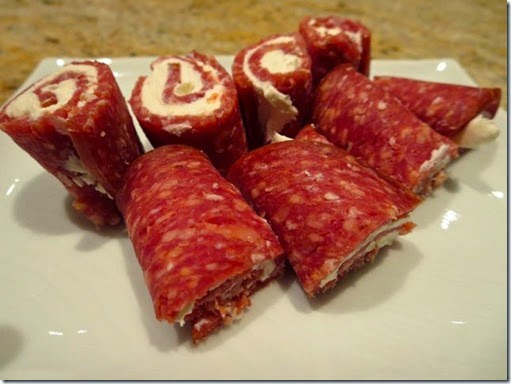

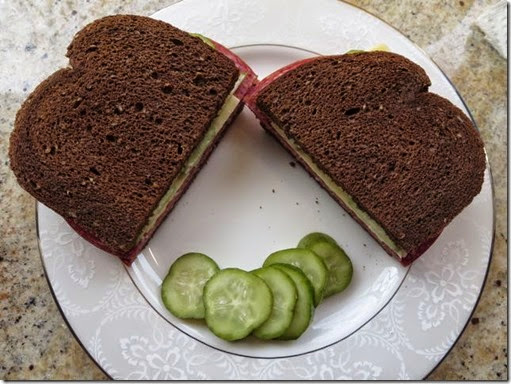
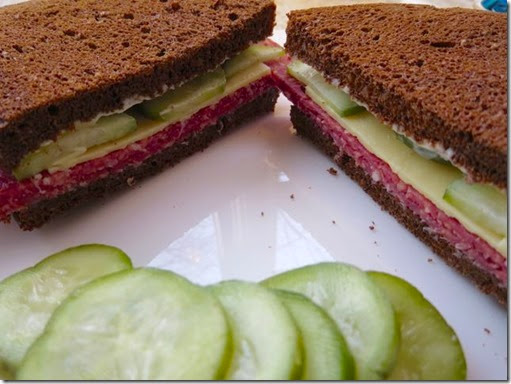
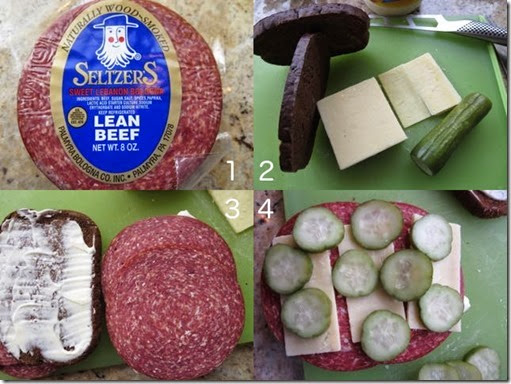
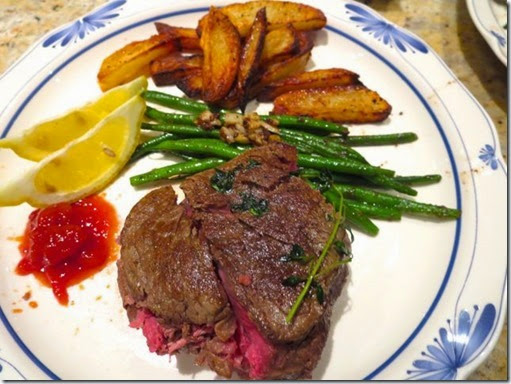
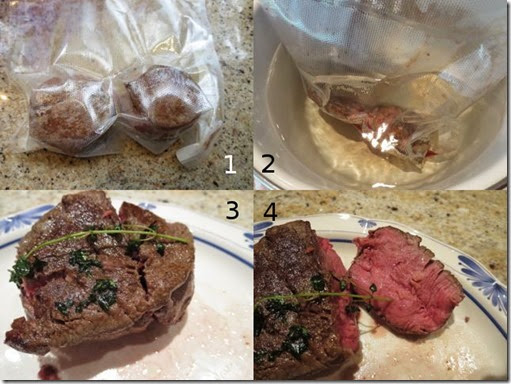



























 The taste? Well, it is not bad at all. According to my wife, however, this is as good as what she remembered eating as a kid but not significantly better. That means either the meatloaf she ate as a kid was indeed a very good one or this one is not necessary the "best" meatloaf. Nevertheless, this was very satisfying. The loaf was not dry and the consistency is pleasantly crumbly with good favor from all the herbs and spices we put in. The all American
The taste? Well, it is not bad at all. According to my wife, however, this is as good as what she remembered eating as a kid but not significantly better. That means either the meatloaf she ate as a kid was indeed a very good one or this one is not necessary the "best" meatloaf. Nevertheless, this was very satisfying. The loaf was not dry and the consistency is pleasantly crumbly with good favor from all the herbs and spices we put in. The all American